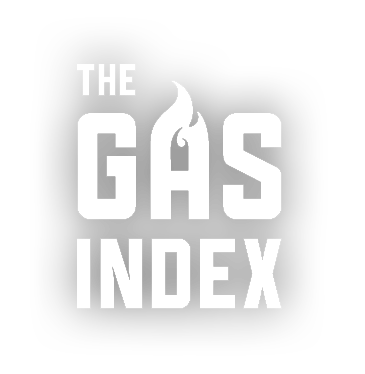Natural gas is also known as fossil gas, because natural gas is a fossil fuel. We burn it to heat buildings and to drive power plants. Natural gas is mostly composed of methane, which is a much more powerful greenhouse gas than carbon dioxide (CO2).
That means gas leaks add significantly to global warming and climate change. Methane from gas leaks also contributes to local air pollution, which has been linked to respiratory problems and premature death.
The Gas Index ranks cities by how leaky their fossil gas supply chains are, based on a model that evaluates where each state’s gas supplies come from, and also estimates how much leakage occurs within each city. By highlighting which cities have the leakiest gas supplies, and which parts of the system are most responsible for gas leaks, the Gas Index suggests where efforts can best be directed for fixing the gas system—and which cities would cut emissions the most by electrifying buildings so that they’re not reliant on gas.
The ranking shown below is for leakage from natural gas delivered to the residential and commercial sectors. For descriptions of the categories of gas leaks shown below, see the page “Where leaks occur.”



